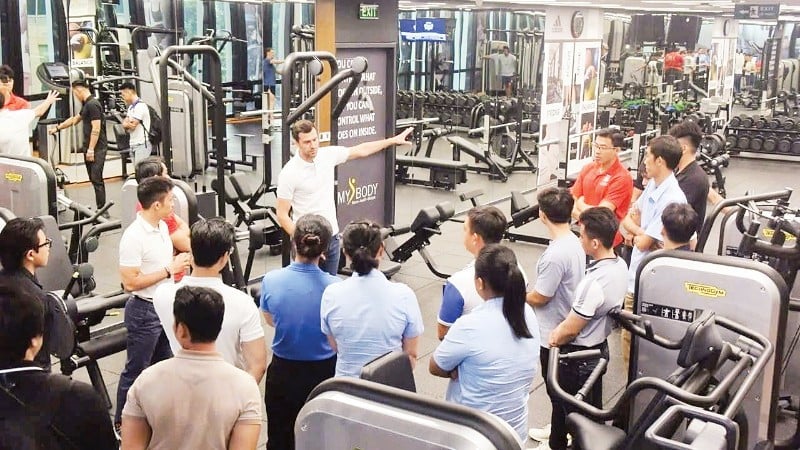
Dr. Vu Thai Hong, Director of the Institute of Sports Science and Technology, said that the phenomenon of stroke and heart failure in young people during sports training comes from many causes. Partly because sports players are subjective, do not have regular health check-ups, so they ignore potential diseases such as congenital heart disease, arrhythmia, mild hypertension. When combined with vigorous exercise, these factors can trigger cardiovascular incidents.
In addition, improper training habits such as long-distance running, heavy weight training, high-intensity competition without a physical foundation, along with lack of warm-up, sudden increase in intensity, or training when the body is tired, all lead to danger. Another cause is an irregular lifestyle and unreasonable nutrition due to insufficient sleep, poor nutrition, and incorrect water and mineral supplementation. This is a favorable environment for arrhythmia, vasoconstriction, electrolyte imbalance, factors that directly lead to heart failure and stroke.
According to experts, to avoid unfortunate incidents, first of all, practitioners need to equip themselves with knowledge to recognize early warning signs. Doctor Vu Luu Ly of the Ho Chi Minh City National Sports Training Center noted that the body often sends out very clear signals before falling into a critical condition.
The problem is whether the practitioner has enough knowledge and alertness to recognize it or not. Symptoms such as chest pain, feeling of pressure or tightness in the chest, unusual shortness of breath, dizziness, lightheadedness, nausea, cold sweats, rapid or irregular heartbeat, sudden loss of strength, muscle weakness or temporary paralysis are all warning signs that the exercise must be stopped immediately. Dr. Ly recommends that practitioners absolutely do not try to overcome the feeling of discomfort, because it could be the beginning stage of a cardiovascular event or stroke.
When there are signs of abnormality, it is necessary to find a safe resting place, maintain a comfortable position, loosen clothes, avoid sudden changes in position and quickly notify people around to support calling for emergency help. If the training facility has an automated external defibrillator (AED), it is necessary to activate and use it according to the instructions to increase the victim's chance of survival.
Medical and sports science experts also agree that reducing risks in sports training is the responsibility of each individual, the training and competition organization and the management agency. From a personal perspective, each person needs to proactively have regular health check-ups, screen for potential diseases such as cardiovascular disease, blood pressure, dyslipidemia, and choose the sport and intensity appropriate to their physical condition.
In addition, athletes should warm up thoroughly before exercising, replenish water and electrolytes properly before, during and after exercise, and avoid exercising in conditions of excessively high temperatures or in stuffy environments. On the part of sports facilities, it is necessary to strictly implement legal regulations, fully invest in medical equipment, especially AEDs and medicine cabinets, arrange staff who are well-trained in first aid, develop emergency response procedures, and periodically organize skills training sessions for coaches, staff and members.
Management agencies must strengthen inspection and handling of violations, issue clear professional guidance to sports facilities, and promote communication and education to the community on risk identification and response skills in case of incidents.
Legally, Decree No. 106/2016/ND-CP (dated July 1, 2016) regulating the conditions for doing business in sports activities has clearly and specifically guided the conditions on facilities, equipment, professional personnel, including certified coaches, first aid equipment, and plans to ensure safety for participants.
Decision No. 1752/QD-TTg (dated September 30, 2013) approved by the Prime Minister set the goal of planning a synchronous and modern system of physical training and sports facilities to meet the needs of safe training. However, in reality, many gyms and playgrounds have not met these standards.
According to Master Maik Berger, Director of EVO Vietnam High-Tech Sports Solutions Company, along with stroke prevention education, technology is changing the way people approach safe sports. In Vietnam, health and rehabilitation centers have been developing, along with preventive training programs to increase physical fitness, improve health behaviors, prevent injuries and build a positive self-image for both young and old people.
These programs combine sports science, tracking data and personalized advice to help people train effectively and safely. The centers need to be equipped with modern technology and gather a team of experts, providing a comprehensive experience from injury recovery, improving physical fitness, to improving sports performance, combining training and health care in a systematic and scientific way.
Mr. Dang Thanh Hai, Chairman of the Board of Directors and General Director of Mofit Company, a unit specializing in sports equipment, training, physical training for training facilities, practice, and sports competitions, shared that the work of preventing stroke risks, affecting health and even life in physical activities and sports does not stop at personal awareness or support from the medical team, but also requires the proactive participation of businesses providing sports equipment and services.
Sports centers, gyms, and grassroots clubs need to upgrade their infrastructure in a synchronous manner, such as installing defibrillators, equipping medicine cabinets and staff with first aid skills, and organizing emergency response skills training sessions for members.
Mr. Dang Thanh Hai, Chairman of the Board of Directors and General Director of Mofit Company
Mr. Hai suggested that sports centers, gyms, and grassroots clubs need to upgrade their infrastructure in a synchronous manner, such as installing defibrillators, equipping medicine cabinets and personnel with first aid skills, and organizing emergency response skills training sessions for members.
Sports are a valuable medicine for health and spirit, but the benefits are only complete when accompanied by knowledge, skills and safety awareness. When individuals proactively protect themselves, each organization improves safety standards, and the management agency strengthens guidance, support and supervision, sports can truly be a sustainable path to improve health.
Source: https://nhandan.vn/phong-tranh-dot-quy-khi-tap-luyen-the-thao-post908109.html



![[Photo] Ho Chi Minh City is brilliant with flags and flowers on the eve of the 1st Party Congress, term 2025-2030](https://vphoto.vietnam.vn/thumb/1200x675/vietnam/resource/IMAGE/2025/10/10/1760102923219_ndo_br_thiet-ke-chua-co-ten-43-png.webp)
![[Photo] Opening of the World Cultural Festival in Hanoi](https://vphoto.vietnam.vn/thumb/1200x675/vietnam/resource/IMAGE/2025/10/10/1760113426728_ndo_br_lehoi-khaimac-jpg.webp)

![[Photo] General Secretary attends the parade to celebrate the 80th anniversary of the founding of the Korean Workers' Party](https://vphoto.vietnam.vn/thumb/1200x675/vietnam/resource/IMAGE/2025/10/11/1760150039564_vna-potal-tong-bi-thu-du-le-duyet-binh-ky-niem-80-nam-thanh-lap-dang-lao-dong-trieu-tien-8331994-jpg.webp)



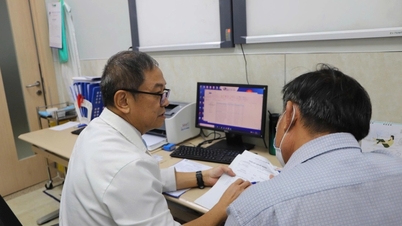











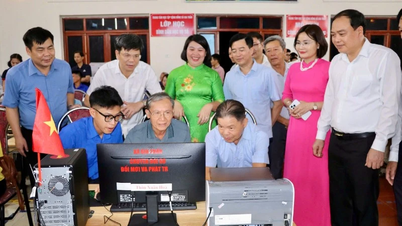
![[Photo] General Secretary attends the parade to celebrate the 80th anniversary of the founding of the Korean Workers' Party](https://vphoto.vietnam.vn/thumb/402x226/vietnam/resource/IMAGE/2025/10/11/1760150039564_vna-potal-tong-bi-thu-du-le-duyet-binh-ky-niem-80-nam-thanh-lap-dang-lao-dong-trieu-tien-8331994-jpg.webp)

![[Infographic] Vietnam tourism grows impressively in the first 9 months of 2025](https://vphoto.vietnam.vn/thumb/402x226/vietnam/resource/IMAGE/2025/10/11/1760145240794_thiet-ke-chua-co-ten-2024-03-29t165019411-3097-png.webp)
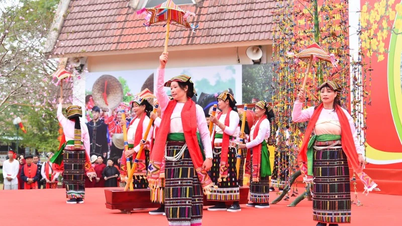
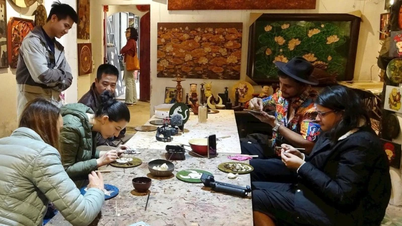






























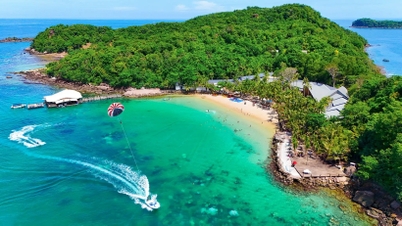

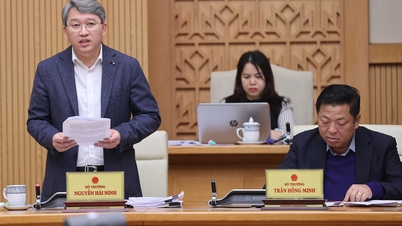
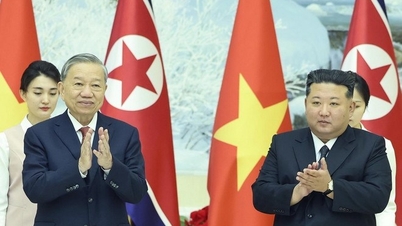
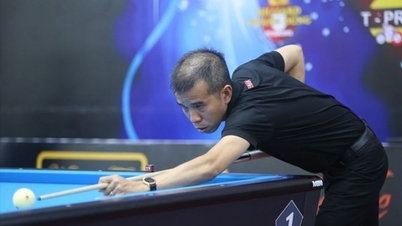
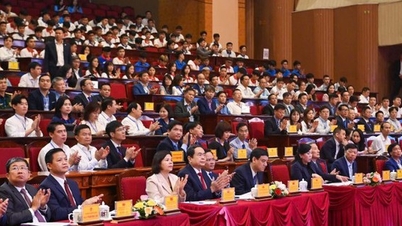



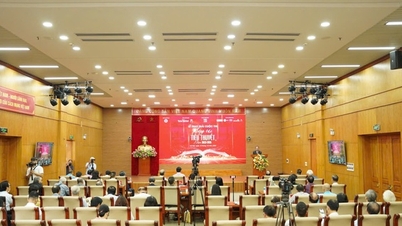
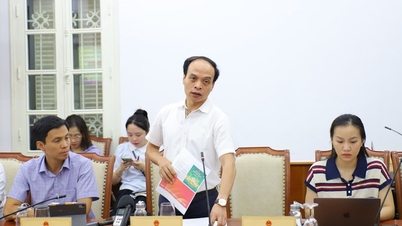




























Comment (0)